Business Economics Homework: Elasticity, Advantage, and Trade
VerifiedAdded on 2020/04/15
|8
|804
|40
Homework Assignment
AI Summary
This business economics assignment delves into two core economic concepts: price elasticity of demand and the theories of absolute and comparative advantage. The assignment begins by defining and explaining price elasticity, including its different types (elastic, inelastic, and perfectly inelastic) and how businesses can use it in their strategic planning, particularly when launching products at different price points. The second part of the assignment explores the principles of absolute and comparative advantage within the context of international trade. It uses a labor requirement table to illustrate how countries can specialize in production based on their efficiency and lower opportunity costs. The assignment emphasizes how specialization and trade can create value for all participating nations, leading to more efficient resource allocation and increased overall economic output. The assignment also includes the references used for the solution.
1 out of 8
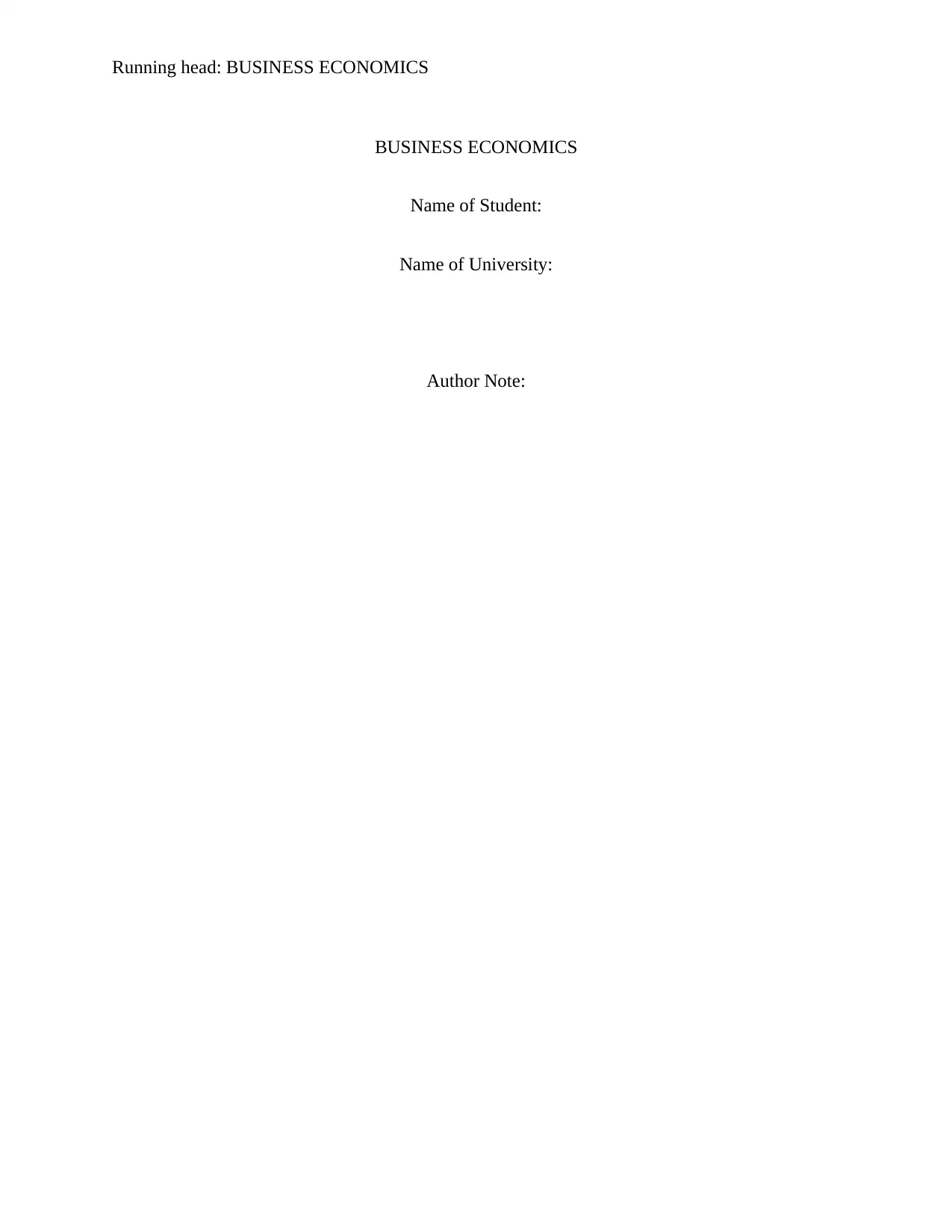
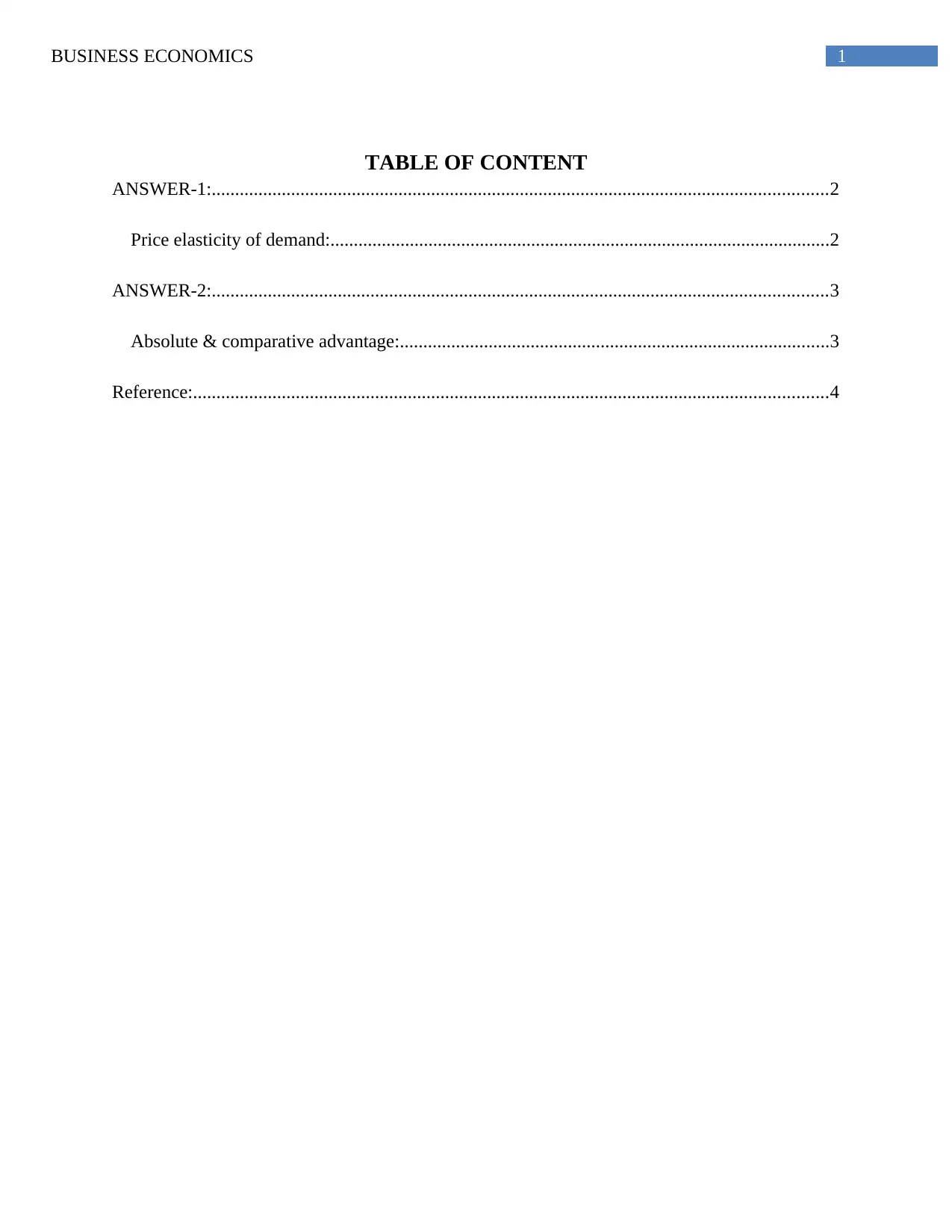
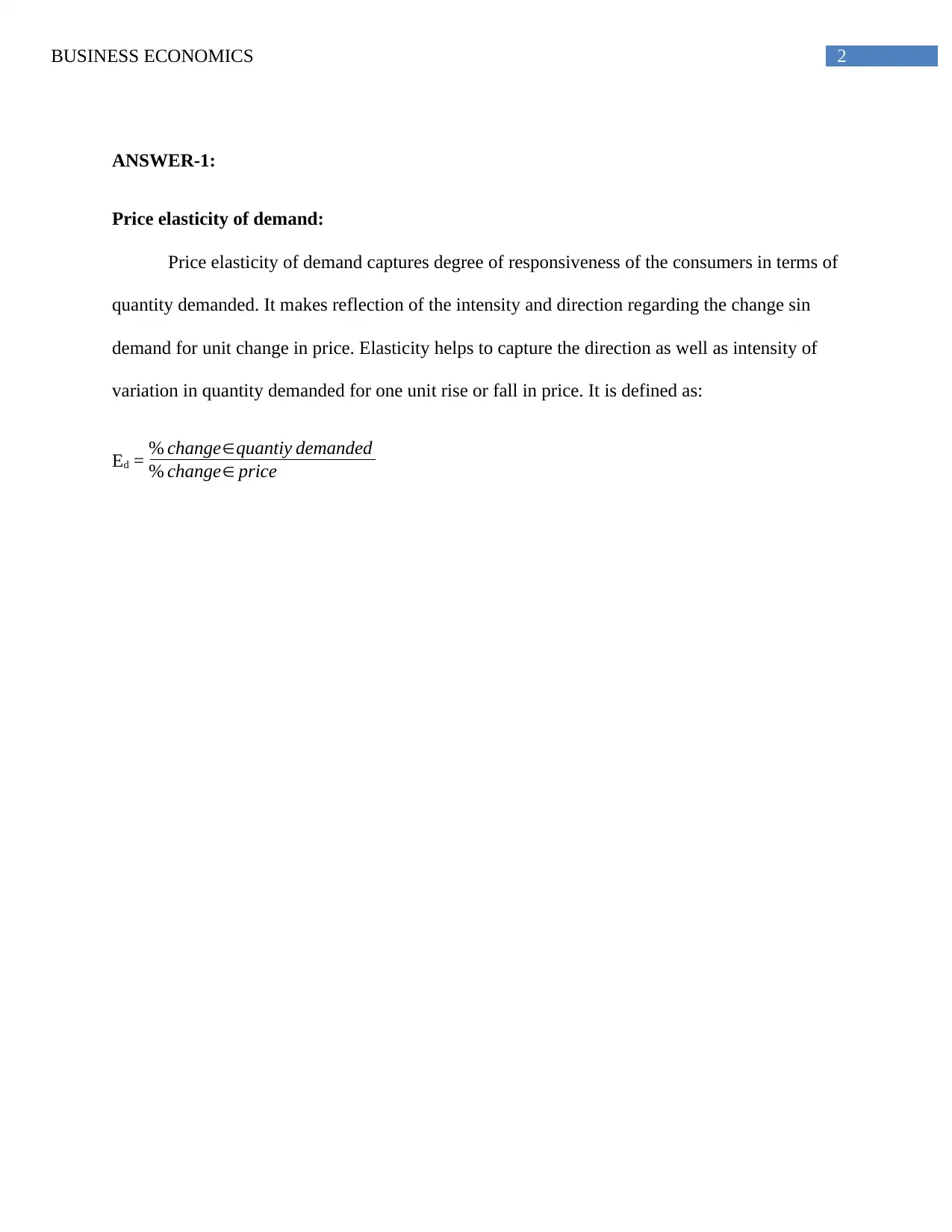

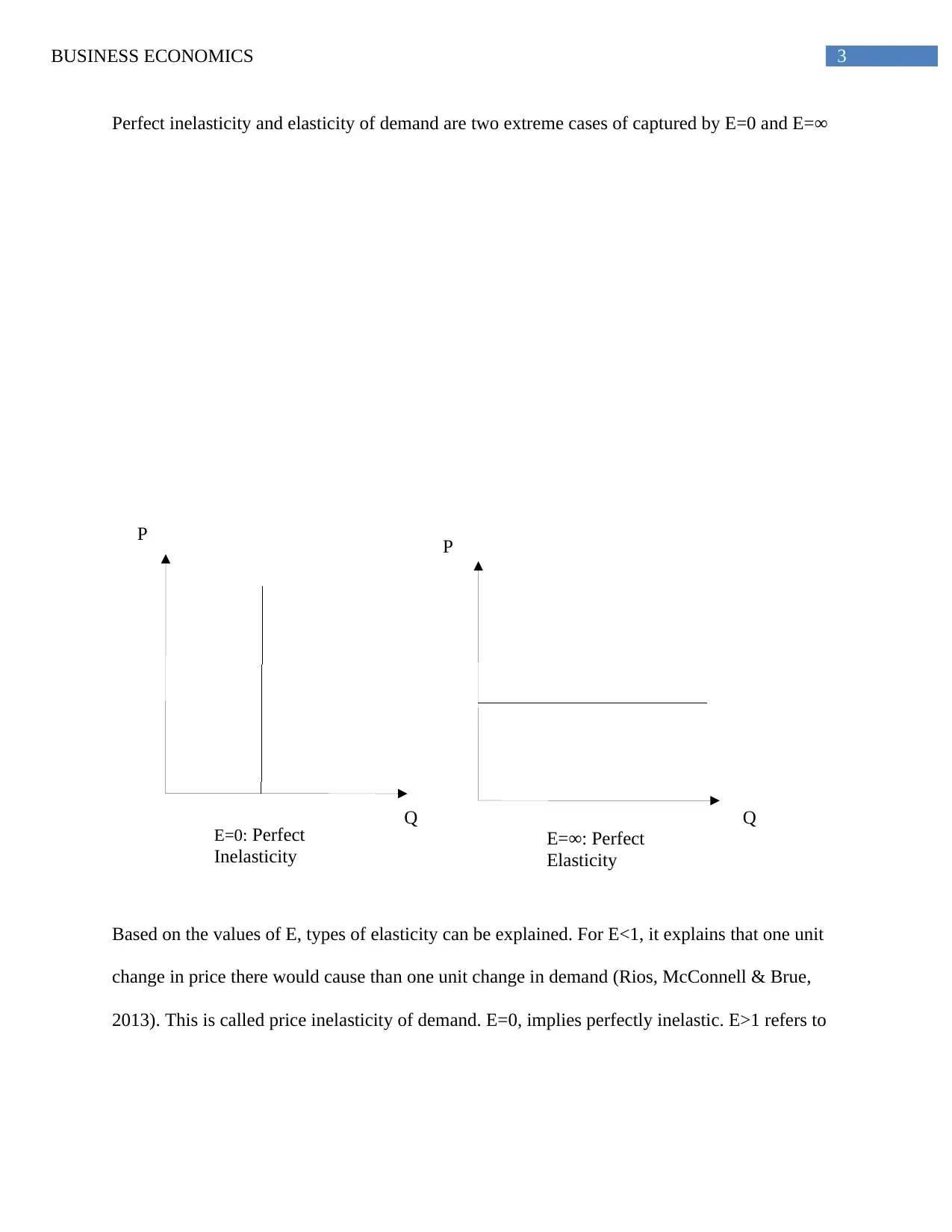
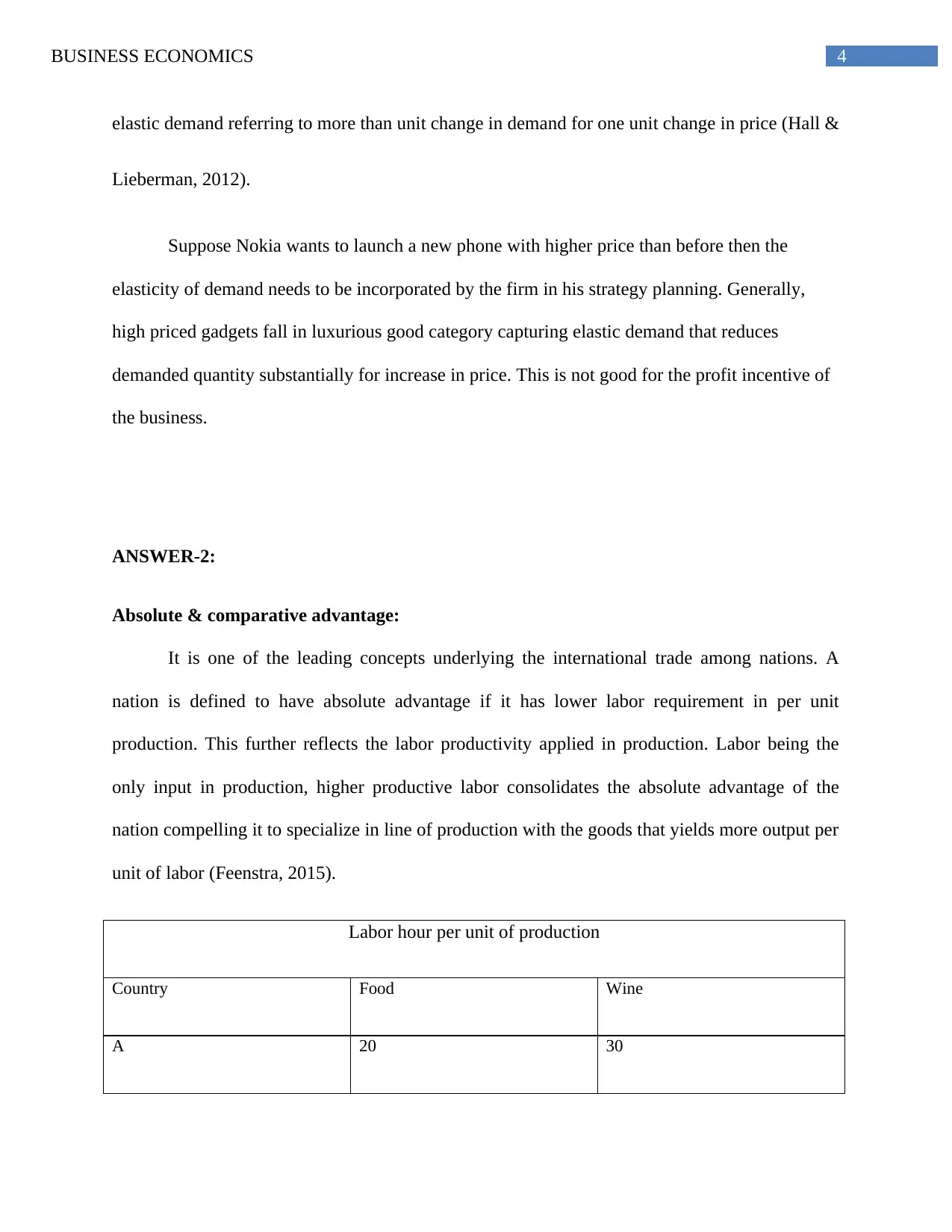
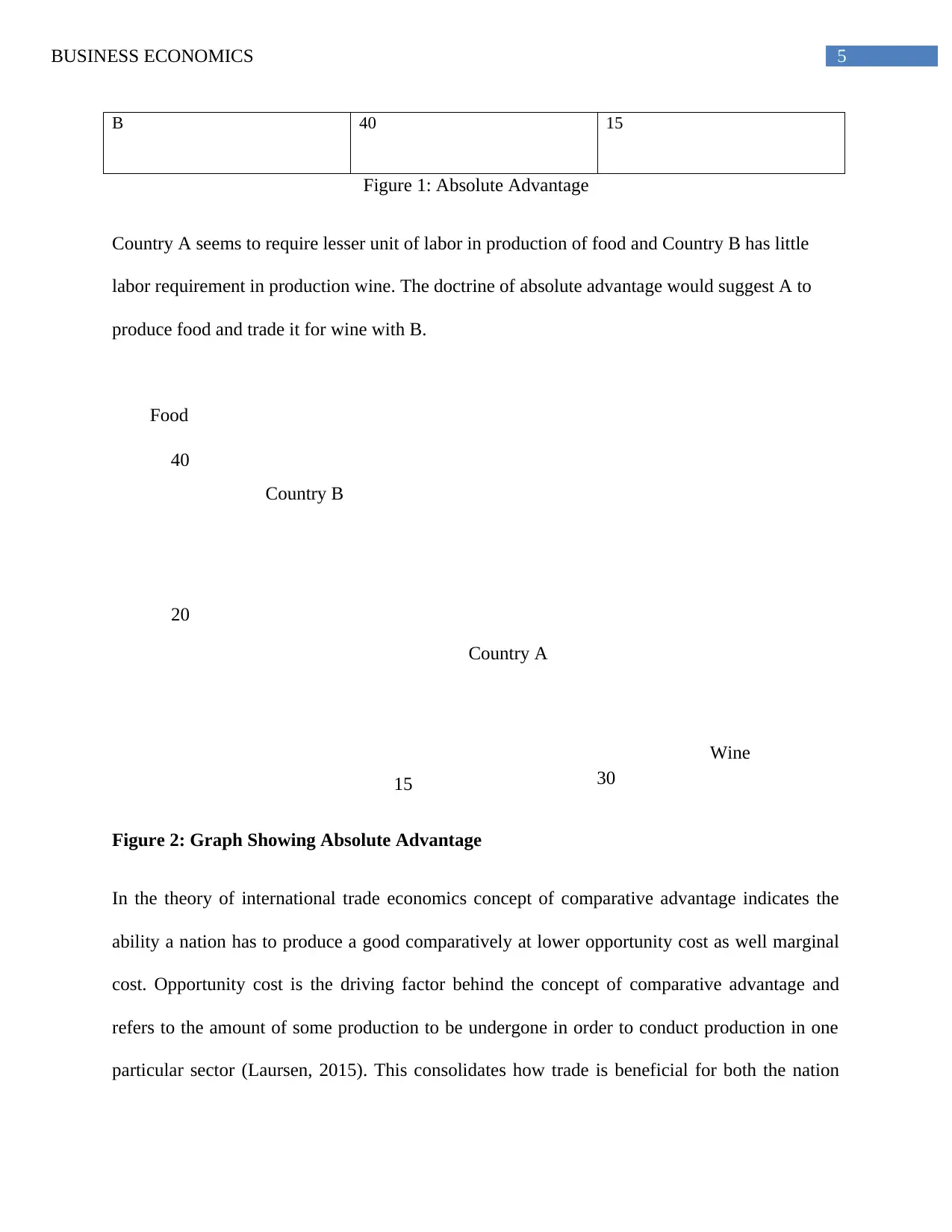
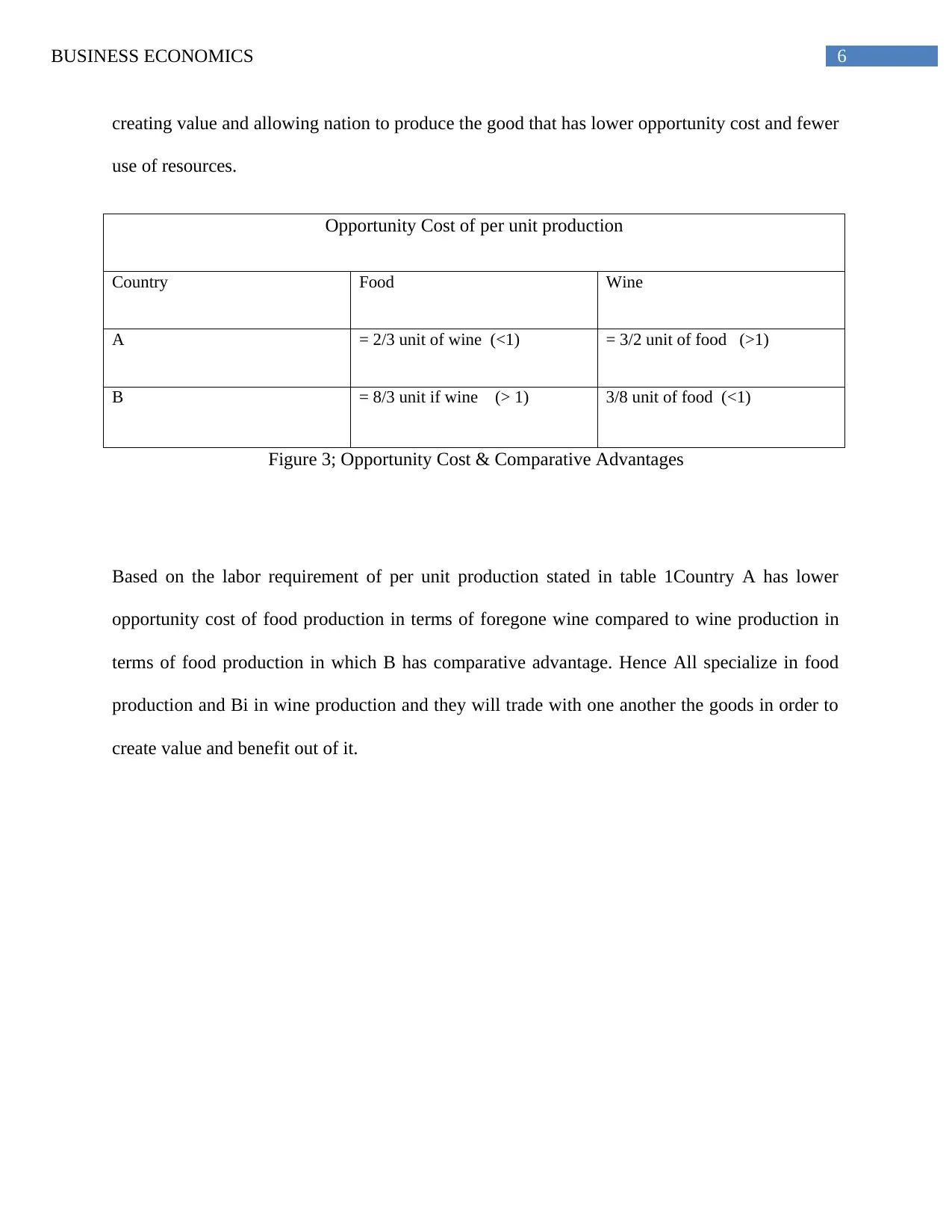
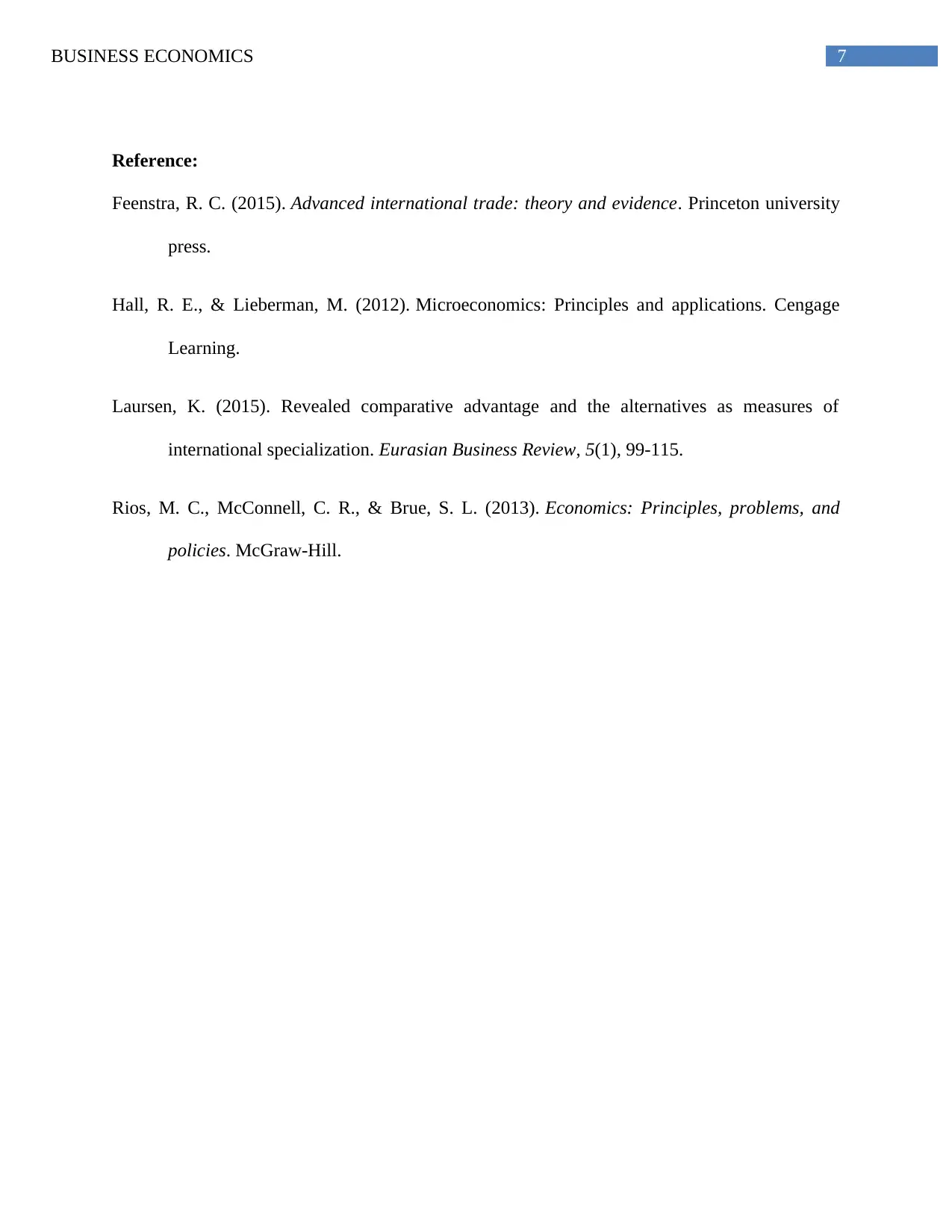






![[object Object]](/_next/static/media/star-bottom.7253800d.svg)